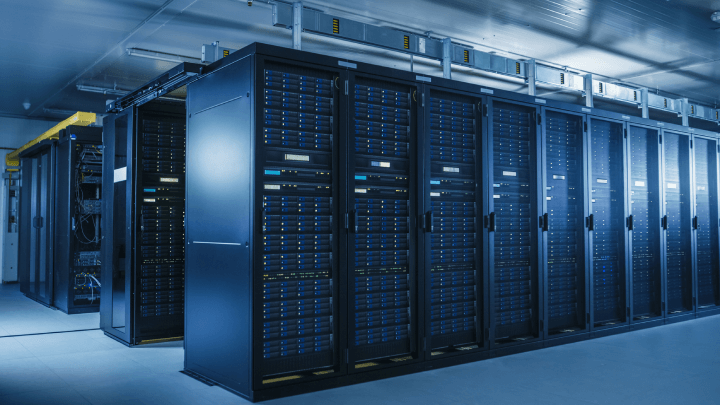There will soon be an AI supercomputer cluster in Elon Musk’s Texas Tesla Gigafactory. The cooling solution being used excites Charles Liang, CEO of Supermicro. Liang was pleased that Musk decided to use Supermicro’s liquid cooling technology for both the upcoming xAI supercomputer and Tesla’s new cluster.
In a recent post, Liang and Musk were pictured together among server racks, symbolizing their commitment to advancing liquid cooling technology for large AI data centers. Liang estimates that Musk’s leadership in adopting liquid cooling for AI data centers could have a significant environmental impact, potentially preserving 20 billion trees. This figure highlights the potential energy efficiency improvements if liquid cooling were widely adopted across global data centers.

AI data centers are notorious for their substantial power consumption. Supermicro aims to mitigate this by promoting liquid cooling. The company asserts that direct liquid cooling can reduce the electricity costs associated with cooling infrastructure by up to 89% compared to traditional air cooling methods.
Liang has previously stated on X that Supermicro’s goal is to increase the adoption of direct liquid cooling (DLC) from less than 1% to over 30% within a year. Musk’s deployment of Supermicro’s cooling technology on a large scale at the Tesla Gigafactory is a significant step toward this goal. The new expansion at the Gigafactory will house 50,000 Nvidia GPUs along with more Tesla AI hardware, all aimed at enhancing Tesla’s Full Self Driving feature.

The expansion has garnered attention due to the massive fans being constructed to support the liquid cooling system, which Musk recently highlighted in an X post. Musk estimates that the Gigafactory supercomputer will draw 130 megawatts upon deployment, with a potential increase to 500 megawatts as Tesla’s proprietary AI hardware is installed. The facility’s construction is nearing completion and is expected to be operational within the next few months.
It’s important to note that Tesla’s Gigafactory supercomputer cluster is distinct from another major project by Musk: the X/xAI supercomputer. Musk is concurrently building two of the world’s largest GPU-powered AI supercomputer clusters. The xAI supercomputer is more widely known and has already seen an order for 100,000 of Nvidia’s H100 GPUs. The xAI cluster will train GrokAI, X’s AI chatbot alternative available to X Premium subscribers.
The xAI supercomputer, also expected to be ready within a few months, will be liquid-cooled by Supermicro and has an upgrade path to 300,000 Nvidia B200 GPUs planned for next summer. Recent reports suggest that prioritizing the xAI cluster has slightly delayed the Tesla supercomputer’s construction, as Musk redirected thousands of GPUs originally ordered for Tesla to X in June. While this move reportedly caused some delays, the extent of the impact may be exaggerated, as is often the case with Musk-related news.
The advancements in liquid cooling technology spearheaded by Supermicro and adopted by Musk’s projects represent a significant shift in how AI data centers can operate more efficiently and sustainably. The collaboration between Musk and Supermicro underscores the potential for technological innovation to address both environmental and operational challenges in the rapidly growing field of AI and data centers.
By embracing liquid cooling, Musk and Liang aim to set a new standard for energy efficiency in AI supercomputing. This approach not only reduces the environmental footprint of these power-hungry facilities but also demonstrates the potential for large-scale, sustainable technological solutions. As the Tesla Gigafactory and xAI supercomputers come online, they will likely serve as benchmarks for future data center designs, showcasing the benefits of advanced cooling technologies and the importance of innovative thinking in tackling global challenges.

Together with Supermicro’s innovative cooling technologies, Musk’s dedication to constructing some of the biggest AI supercomputers ever seen marks a huge advancement in the direction of technology that is more ecologically friendly and efficient. Beyond the direct improvements in technology, these projects could have a worldwide impact on industry norms and procedures.

If you like the article please follow on THE UBJ.

